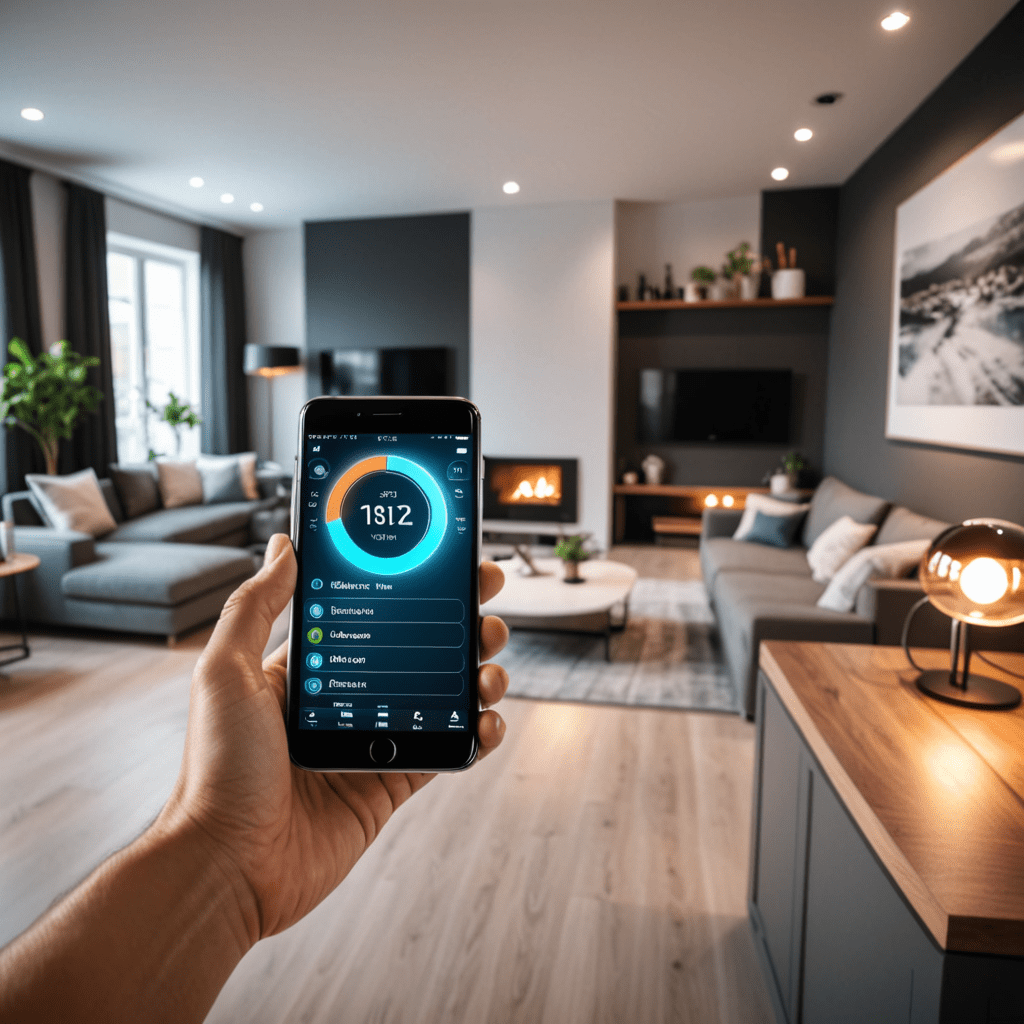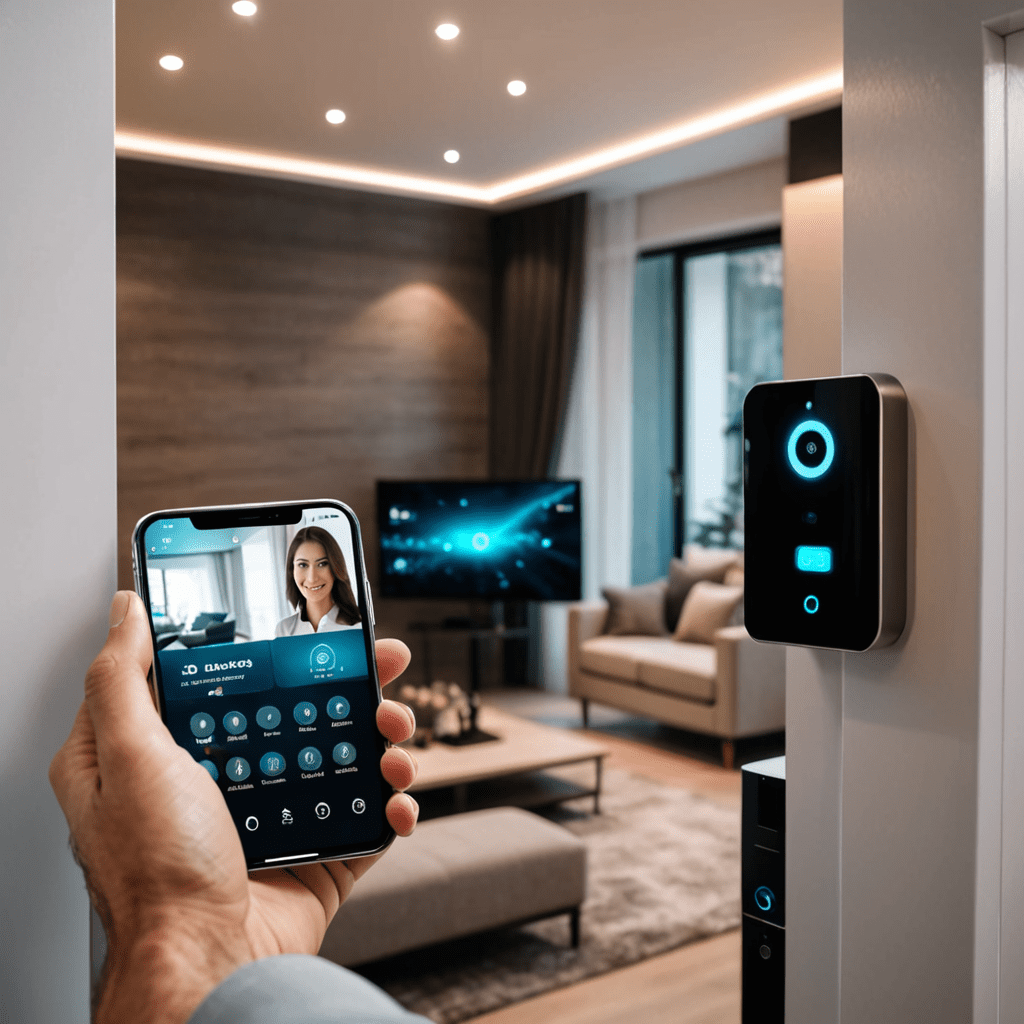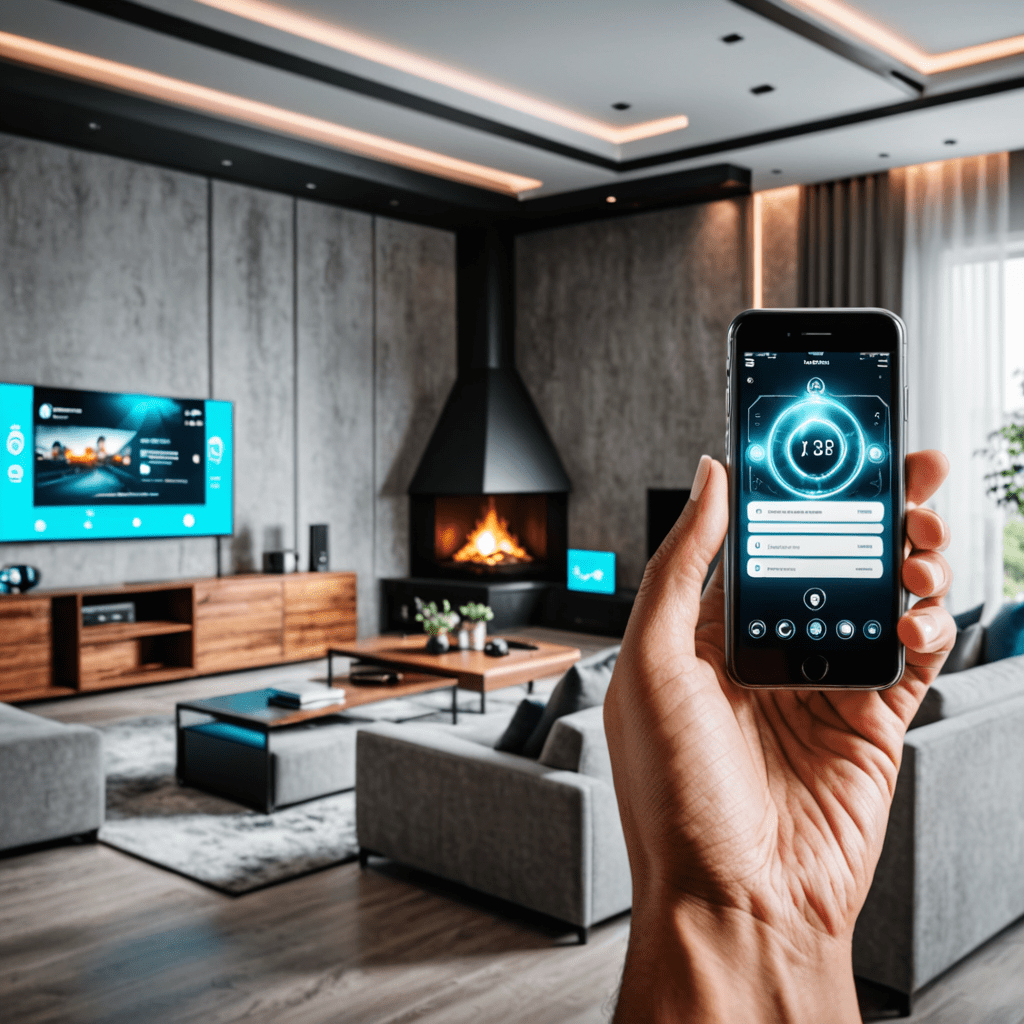Exploring Smart Home Connectivity Standards
In the world of smart homes, the variety of devices available can often lead to compatibility issues. To address this challenge, industry experts have established connectivity standards that ensure seamless communication between devices. Let’s delve into the realm of smart home connectivity standards to better understand how they enhance the functionality and convenience of modern homes.
The Importance of Connectivity Standards
Smart home connectivity standards serve as a common language that allows different devices to communicate effectively. By adhering to these standards, manufacturers ensure that their products can work together harmoniously, regardless of the brand or type of device.
Popular Connectivity Standards
Several notable connectivity standards dominate the smart home market:
1. Zigbee
Zigbee is a wireless communication protocol known for its low power consumption and ability to create robust mesh networks. Many smart home devices, such as smart bulbs and sensors, leverage Zigbee for reliable connectivity.
2. Z-Wave
Z-Wave is another wireless protocol that operates on a different frequency than Wi-Fi and Bluetooth, reducing interference. It is widely used for smart home products due to its strong range and easy setup process.
3. Wi-Fi
While not exclusive to smart home devices, Wi-Fi remains a popular connectivity option due to its ubiquity and high data transfer speeds. Many smart devices support Wi-Fi connections for seamless integration into home networks.
4. Bluetooth
Bluetooth is commonly used for connecting devices in close proximity, making it ideal for personal area networks within the smart home ecosystem. Devices like smart speakers and wearables often utilize Bluetooth for quick and convenient connectivity.
Interoperability and Compatibility
One of the key advantages of adhering to established connectivity standards is the promotion of interoperability and compatibility. When devices follow the same standard, users can mix and match products from different manufacturers without worrying about compatibility issues.
Future of Smart Home Connectivity
As technology continues to advance, smart home connectivity standards will adapt to accommodate new innovations and devices. Industry collaborations and organizations dedicated to standardization will play a crucial role in shaping the future of smart home connectivity.
Conclusion
Exploring smart home connectivity standards reveals the foundation upon which seamless interactions between devices are built. By embracing these standards, homeowners can create personalized, efficient, and interconnected smart environments that enhance their quality of life.
FAQs About Smart Home Connectivity Standards
What are Smart Home Connectivity Standards?
Smart Home Connectivity Standards refer to the set of protocols and technologies that allow various smart devices within a home to communicate and work together seamlessly. These standards ensure compatibility and interoperability between different devices, enabling a more integrated and efficient smart home ecosystem.
Why are Smart Home Connectivity Standards important?
Smart Home Connectivity Standards are crucial for ensuring that different smart devices from various manufacturers can communicate effectively with each other. This interoperability eliminates the need for multiple separate apps or hubs, simplifying the user experience and allowing for easier automation and control of connected devices.
What are some common Smart Home Connectivity Standards?
Some common Smart Home Connectivity Standards include Wi-Fi, Bluetooth, Zigbee, Z-Wave, and Thread. Each standard has its unique features and advantages, catering to different use cases and scenarios within a smart home environment.
How do Smart Home Connectivity Standards impact consumer choice?
Smart Home Connectivity Standards play a significant role in consumer choice as they determine which devices can work together in a smart home setup. Consumers must consider the compatibility of devices with existing standards to ensure a seamless and efficient smart home experience without facing integration issues.


